Otherwise you will lose access to them
Up until now, your Mac supported all the versions of any apps on your machine. You could run an app whether it was 32-bit or 64-bit without any issues on your machine. However, that changes with the macOS 10.15 version.
Once you update your Mac to this latest version of the macOS, you’ll no longer be able to run any apps that use a 32-bit architecture. macOS is ceasing support for all the 32-bit apps and is now moving towards the 64-bit-only app environment.

What that means to end-users like you and me is that we need to get our apps upgraded to the 64-bit versions or we’ll lose access to the apps in the latest macOS update.
Therefore, we’ve put together this guide that tells you how to find 32-bit apps on your Mac and offers you advice on what you can do with these apps. At the end of the guide, you’ll know how you can run your apps even in the latest macOS update on your Mac.
Use System Report To Find a List Of 32-Bit Apps On Mac
System Report is a super cool utility on your Mac that lets you find out lots of information about the hardware and software elements on your machine. Although its main purpose is not to help you find apps on your Mac, it does help you find all the 32-bit apps sitting on your machine.
Here’s how to get to the list of all the 32-bit apps installed on your Mac:
- Click on the Apple logo at the top-left corner of your screen and select About This Mac. On the following screen, click on the button that says System Report beneath your Mac details.
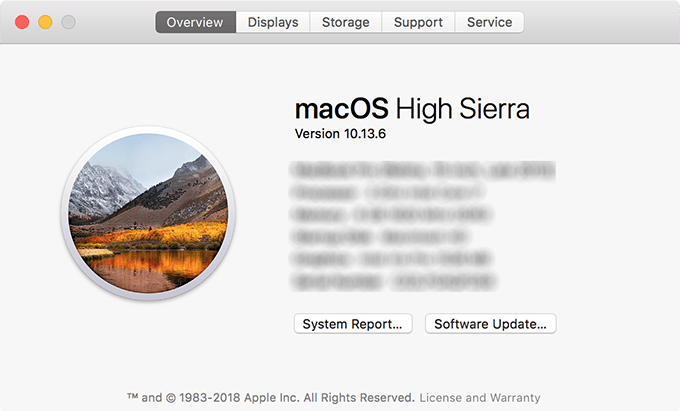
- By default, you’ll be in the Hardware tab in the report utility. Expand the apps list by clicking on Software followed by Applications in the left sidebar.
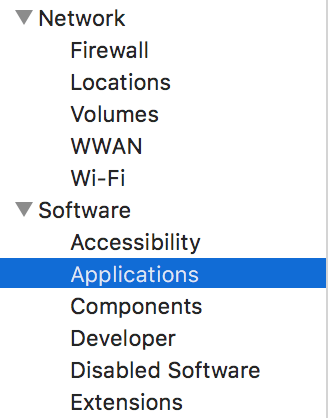
- You’ll see a list of all the apps installed on your Mac. Scroll right and take a look at the 64-Bit (Intel) column. If it says No for an app, it means the app you’re looking at is a 32-bit app.
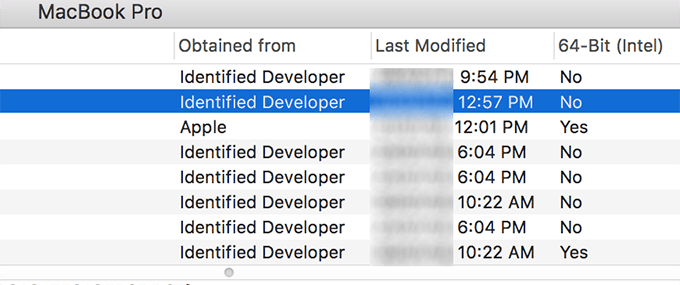
This way you can easily find out whether an app is 32-bit or 64-bit.
Use Activity Monitor To Find 32-bit Apps On Mac
Another way to find 32-bit apps on your Mac is to use the Activity Monitor tool. The tool does let you find out if an app is 32-bit but the app must be running while you try to find this information. You won’t find any information if the app isn’t running on your Mac.
- Launch the app in question on your Mac but don’t do anything with it. Open Activity Monitor from the Launchpad.
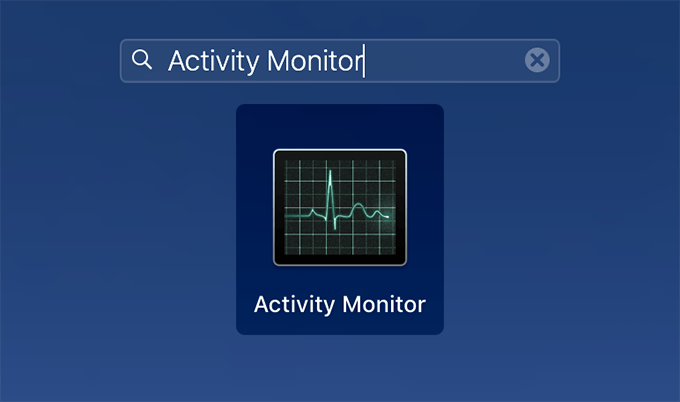
- Right-click on any of the column names (CPU Time, Threads, etc) and select Kind. It’ll add a new column to the right of existing columns.
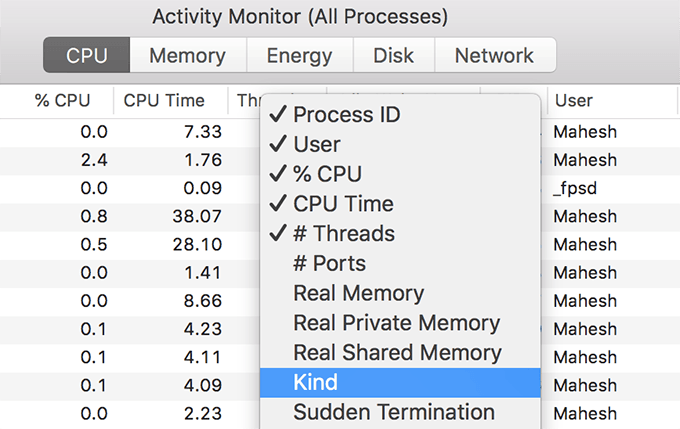
- The newly added Kind column will tell you whether the app currently running on your Mac is 32-bit or 64-bit.

Both of the methods described above should help you easily find all the 32-bit apps available on your Mac.
What To Do With The 32-Bit Apps?
If you’ve found that some of your apps still use 32-bit architecture, you may want to upgrade them to the 64-bit versions as soon as possible. If you don’t do it, these apps won’t run on macOS 10.15 and later.
Most developers are aware of this change that Apple has made to macOS and they may have already released the 64-bit versions of their apps. There are a few ways to check if your existing apps have 64-bit versions available for your Mac.
Update The Apps From The Mac App Store
If your 32-bit apps were downloaded from the Mac App Store, it’s likely the developer has pushed a 64-bit upgrade to the store. In that case, all you need to do is update the app as you would normally, and it’ll then be compatible with the newer versions of macOS.
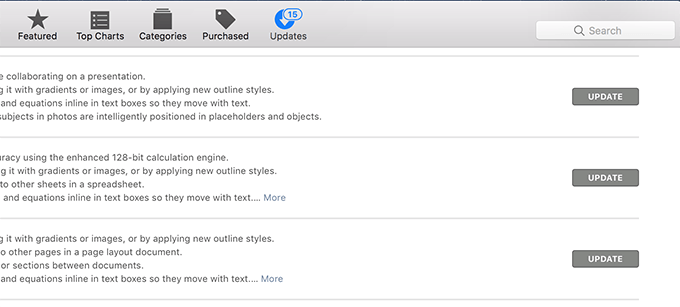
- To upgrade your apps, launch the Mac App Store on your Mac.
- Click on the Updates option at the top to access the update panel.
- If an update is available for your apps, you’ll find an Update button next to them.
- Click on the button and the apps will be upgraded to their newer versions.
Get The Latest Version From The Official Website
It may be that the 32-bit app you use on your Mac came from a website on the Internet. In that case, you may want to check out the official website for the app to see if a 64-bit update is available.
Simply head over to the app website and look for a newer version of the app. If it’s available, download and install it on your machine. Your existing app will be updated to the latest version.
Update The App From Within The App
Many of the apps allow you to get updates from within the app menus. This is true for apps like iTunes, Chrome, AppCleaner, among others.

In most apps, you can get new updates by clicking on the app name at the top and selecting Check for updates or a similar option. If you find an update is available, select it to install it on your machine.
Conclusion
If you haven’t already done so, go ahead and get all of your 32-bit apps upgraded to the 64-bit versions if you still want these apps to run in the latest macOS versions. Not doing so will make your apps dysfunctional.




